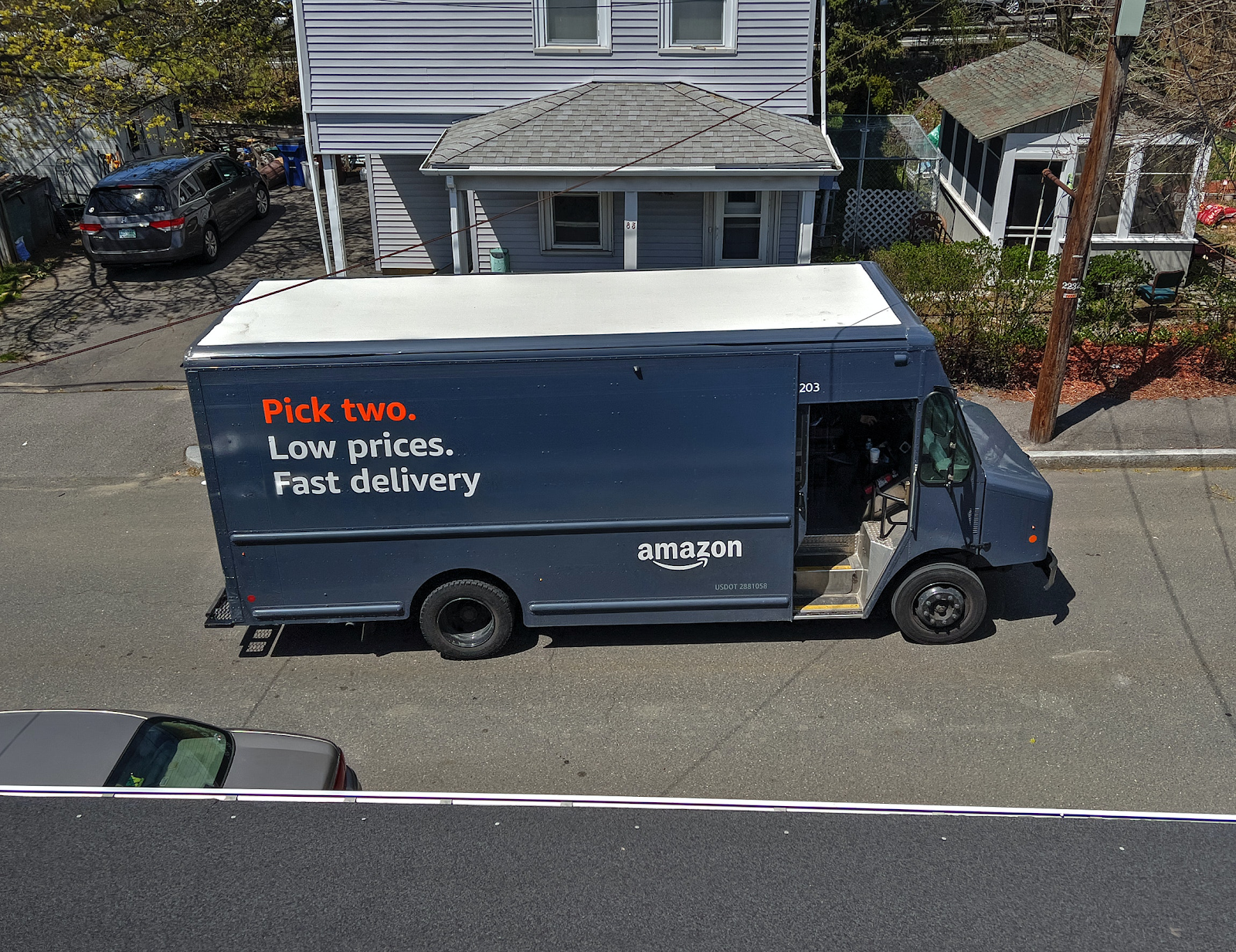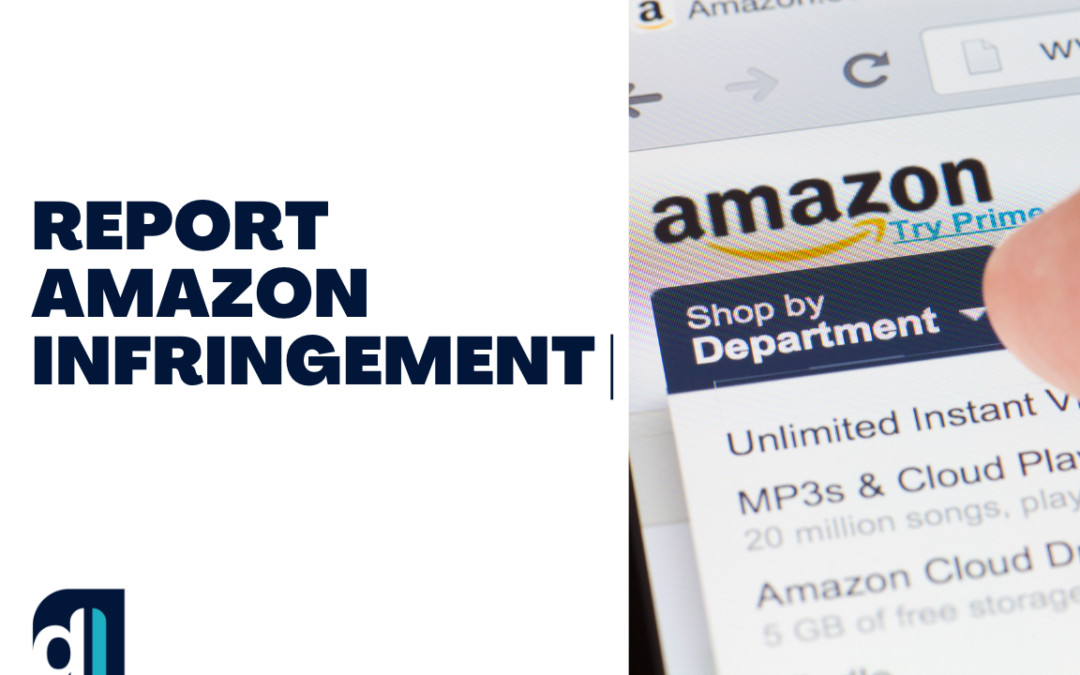Amazon sellers and Intellectual property rights owners must understand how to avoid and enforce infringement claims. As a brand owner, you must ensure no IP violation occurs on the Amazon marketplace. A third-party retailer must have the proper intellectual property protections and licensing to avoid any intellectual property rights infringement.
What is Amazon Infringement & Why Should You Take Action?
An Amazon infringement is when a third-party seller’s product listing somehow infringes on the trademark, copyright, or patent of another. According to Amazon, third-party sellers make up 58% of Amazon sales. Additionally, the report states that third-party retailers are growing at a rate of 52% per year and account for more than half of the products or services sold on the platform.
With over 300 million active user accounts reported, Amazon is the most popular and dynamic marketplace. This is why it is essential for brand owners to protect their intellectual property on this robust platform. It is common for trademark/copyright/patent owners to come across their intellectual property, or something eerily similar to it, being sold on the amazon site without proper licensing or permission.
The rights associated with intellectual property are only as strong as the enforcement. Trademark rights lose their teeth when not enforced consistently. It is widespread for brand owners to lose copyright and trademark rights due to non-use or allowing unchecked infringement.

Although a copyright holder won’t lose the rights associated with the registration through lack of enforcement, the statute of limitations for bringing up an infringement claim is three years. Similarly, an owner can lose rights associated with a registered patent through public sale or lack of enforcement actions.
Identify the Type of Infringement
Trademark Infringement on Amazon
Trademark infringement issues arise when a third-party retailer is selling a product or service with branding that is the same or similar enough to an established trademark to cause a likelihood of confusion that the trademark holder authorized the sale. Here, a third party using branding that is the same or similar to a registered trademark may lead to a violation of US Trademark Law.
Prior to launching a product or service, all eligible brand owners should conduct a trademark search and clearance for the name, logo, design, and everything else that is a source indicator. Implementing a comprehensive brand development strategy can help sellers avoid trademark infringement issues. A registered trademark comes with rights to exclusivity and responsibility as the trademark holder to report trademark infringements as they occur.
Patent Infringement on Amazon
Patent infringement occurs when a party produces or sells a patented product without the owner’s permission. There are specific guidelines that an inventor should follow before and post-registration of the innovative system or process to avoid the rights being compromised. There will be times when competitors and copycats will attempt to produce a replica of a successful product.
Still, a patent owner must ensure that while developing these competing inventions, no patent infringement has occurred. Often ordering competing products is a common strategy for inventors to see if any infringement can be revealed.
Copyright Infringement on Amazon
A Copyright infringement claim is common in scenarios where any original creation is sold without the authority of the author or owner. A copyright violation occurs when a copyright owner’s exclusive distribution, production, or public display rights have been violated. Copyrighted images often find themselves on web platforms like Amazon without the copyright owner’s authority.
An update to the Digital millennium copyright act (DMCA) has also provided a streamlined process for artists to remove original content from web platforms like Amazon. For example, a book, photograph, painting, or music sold without proper authority from the copyright owner could be considered copyright infringement.
Understand the Necessary Steps for Reporting an Infringement claim on Amazon
Gather Necessary Information Before Filing a Claim on Amazon
IP infringement claims must begin with a thorough review of the infringement complaint and basics regarding enforcement actions. There must be a good faith belief that an intellectual property infringement has occurred. A clear and concise method should be followed to report a violation on Amazon.
An evidence-gathering process must be implemented. For example, a brand owner identifying a similar brand name or logo must gather evidence of the trademark violation on Amazon. This will include screenshots of the products or services the amazon seller offers that violate the claimant’s trademark rights as outlined by the Lanham Act. Usually, product listings and product details are an excellent place to start the evidence-gathering process.
For a copyright claim, the attorney and author/owner must review that the claimant owns the creation and that the subject matter is protected under federal copyright law. Similarly, for a Trademark infringement claim, the attorney and the claimant must conduct a clearance process that includes reviewing the ownership and strength of the claimant’s trademark. Finally, before filing a Patent infringement notice, a similar clearance process must be conducted to check that the alleged infringement is actionable.
File Your Claim and Wait for a Response from Amazon’s Infringement Agent
To report an infringement, Amazon provides access to a form that can be filed on the platform and is easily accessible. The claimant must provide specific details regarding the ownership of the intellectual property. Additionally, the claimant must describe the particular type of infringement that has occurred.
The IP owner or owner’s agent should complete this form, preferably an Intellectual Property Lawyer. Be wary of a counter notice when filing a claim on the web platforms like Amazon, as the seller account might have a fair use or another argument regarding how the sale was authorized and legal.
Send a Formal Cease and Desist Letter to Seller
Intellectual property protection doesn’t stop at filing an amazon infringement claim. Enforcement of the owner’s IP rights can extend to a properly drafted cease & desist letter. And if all else fails, a copyright holder/brand owner/patent owner might need to consult an intellectual property attorney regarding taking the matter to federal court for a resolution.
Should I Hire an Intellectual Property Attorney to File an Amazon Infringement Claim?
The Amazon brand registry and infringement reporting form are inexpensive tools that IP rights owners can utilize when coming across an infringing product listing. The process is simple enough for the IP claims to be made by an individual. But when there is a need for a comprehensive clearance to ensure the complaint is valid under US IP Laws, it is essential to seek assistance through an Intellectual Property Attorney.
If you need assistance with an amazon infringement complaint or other IP claims, please book a consultation by clicking here.

Sahil Malhotra
Sahil Malhotra is an Intellectual Property Attorney, who founded Drishti (“vision”) law because of his vision in protecting dreams and ideas.
He provided individuals and small businesses with an opportunity to enhance their IP’s value by helping them register trademarks and successfully argue against office actions. In addition to his training and experience, he has been deeply involved in the multifaceted IP portfolio at UIC and continues to be associated with IP organizations and conferences.
To know more about Sahil Malhotra — Click Here
You may follow Sahil Malhotra on Facebook: Sahil Malhotra and on Instagram: @Sahil Malhotra

